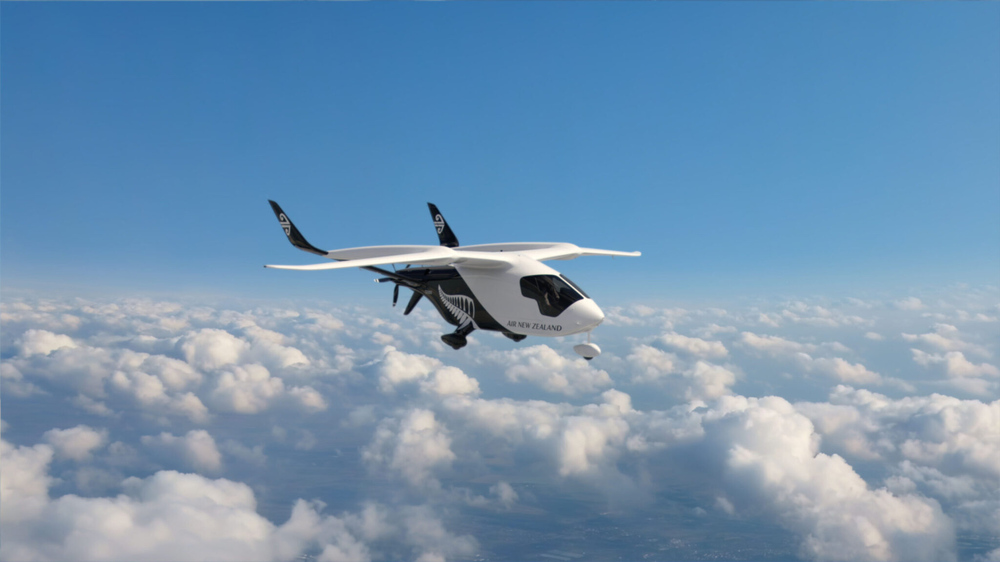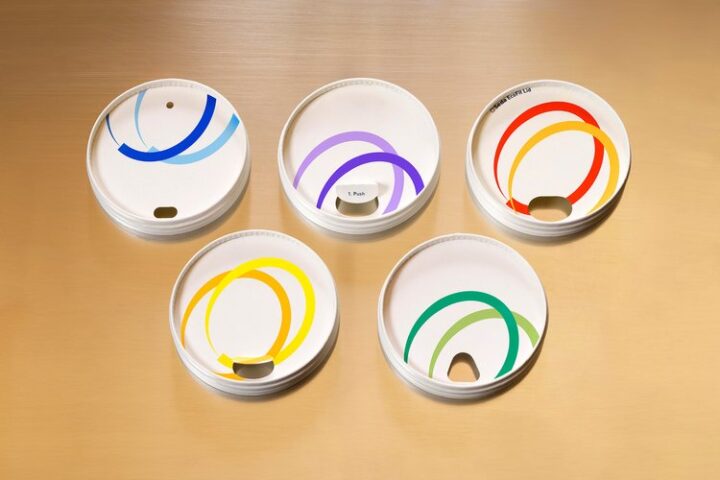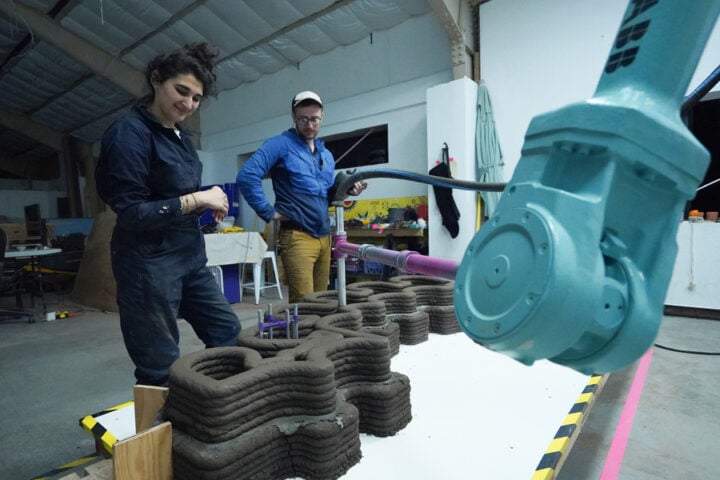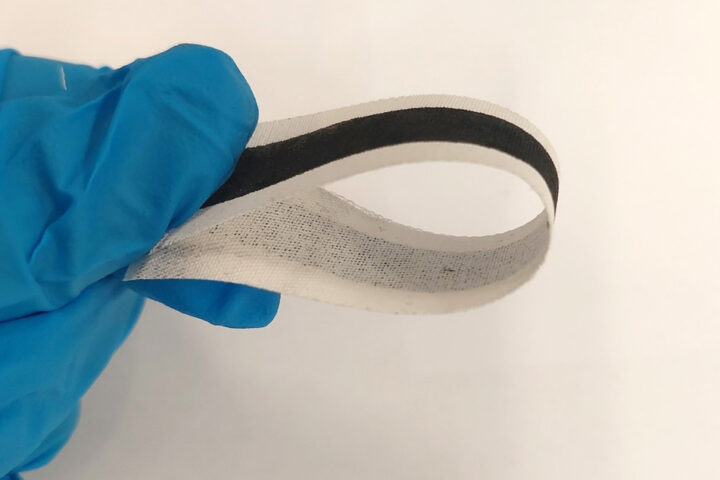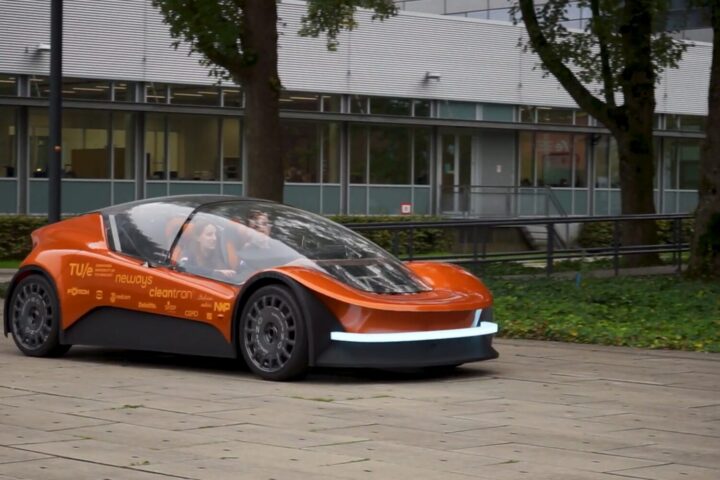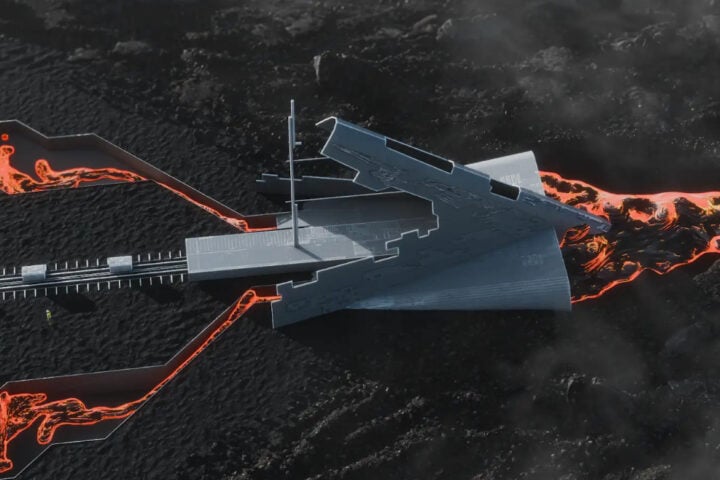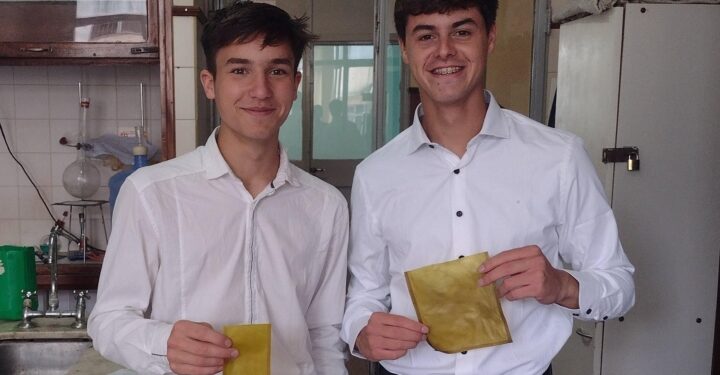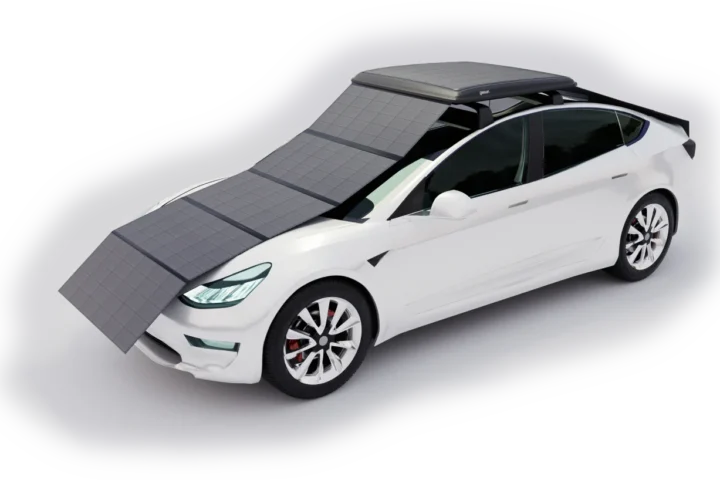T-Omega Wind, a Boston-based startup, has recently made waves in the renewable energy sector with the launch of its 1/16 scale prototype of a pyramid-based floating wind turbine in New Bedford, Massachusetts. This unique design represents a significant shift in offshore wind turbine technology, focusing on cost-effectiveness and practicality.
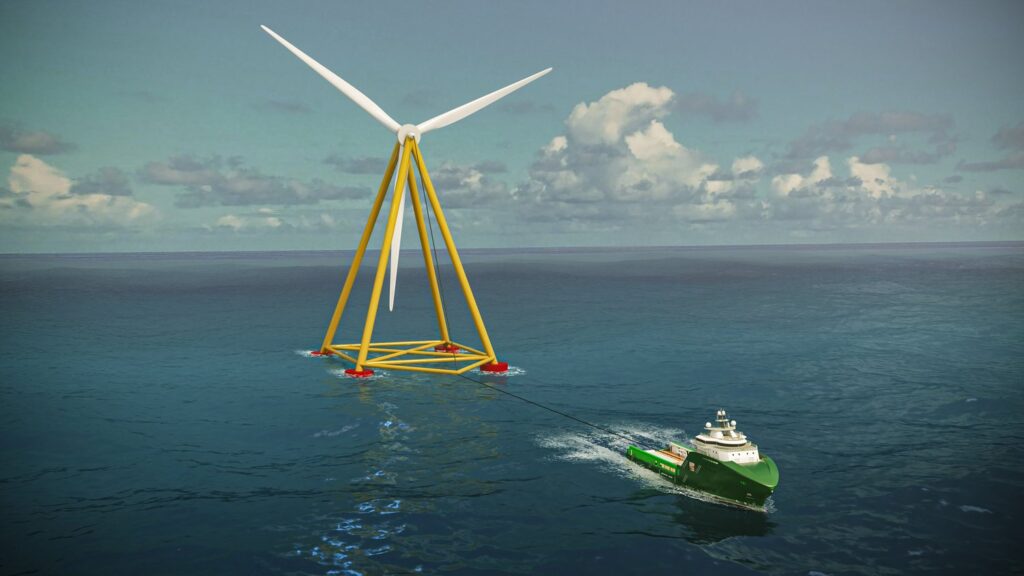
The T-Omega turbine stands out with its innovative pyramid structure, supported by four diagonal legs. This design choice eliminates the need for a large central tower, typical in traditional wind turbines. The turbine’s power generator, or nacelle, is also distinctively designed. Unlike conventional turbines where the nacelle sits fixed at the top, T-Omega’s nacelle is disc-shaped and moves with the turbine, allowing it to adapt more efficiently to wind direction and speed.
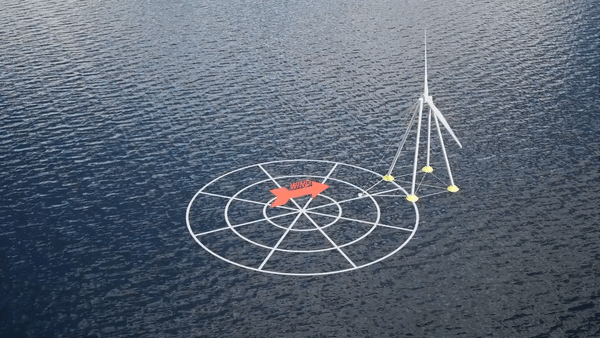
Similar Posts
The prototype, approximately 27 feet tall, is a precursor to a much larger turbine, estimated to reach 350 to 400 feet in height. Despite its smaller scale, the prototype’s performance is pivotal, serving as a real-world test bed. Over the next two to three months, it will remain in Clark’s Cove, New Bedford, to gather critical performance data. This information will feed into computer models to aid in the development of the full-scale version.
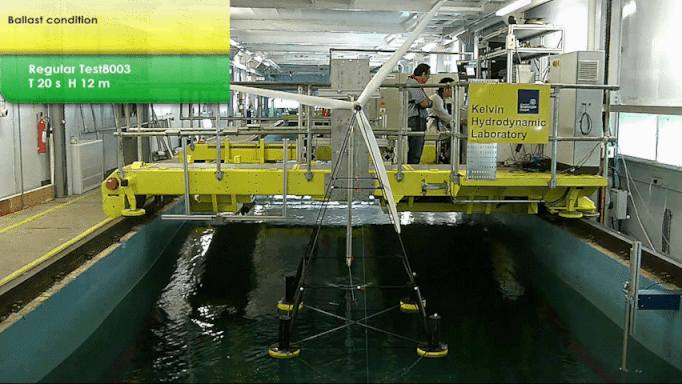
A standout feature of T-Omega’s design is its double-sided axle supported at both ends, drastically reducing the need for overengineering. This structural choice, combined with the pyramid base, significantly decreases the upfront cost and simplifies manufacturing and deployment. The design’s simplicity extends to maintenance; the turbine can be easily towed back to a dock for repairs, reducing operational costs.
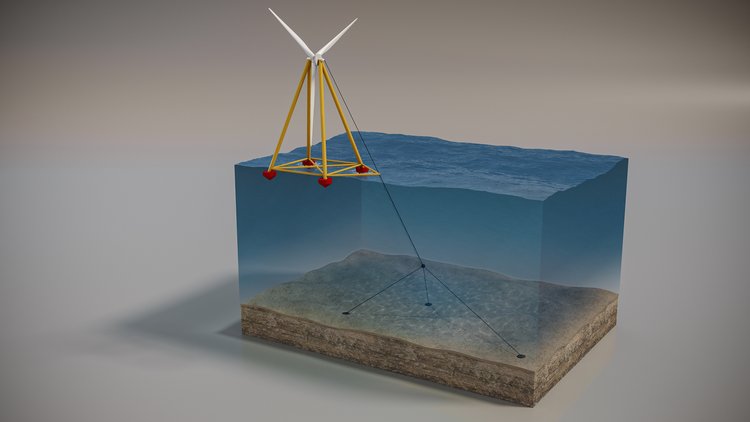
Looking ahead, T-Omega Wind aims to introduce a full-scale, commercially viable product by 2028, potentially offering a 10-megawatt turbine. The full-scale version is expected to be lighter and less costly than current floating turbine designs, with a Levelized Cost of Energy (LCoE) around $50 per megawatt-hour. This cost efficiency could make a substantial impact in the offshore wind industry, particularly in deep water regions where traditional turbines are impractical.
The full-scale turbine’s potential is significant, with an estimated annual electricity output of 44,000 MW-hours, enough to power over 4,000 homes. This level of production underscores the turbine’s role in reducing carbon emissions and promoting sustainable energy practices.
Jim Papadopoulos, Co-Founder and Chief Engineer of T-Omega Wind, highlighted the prototype’s importance not just in technological terms but also in its potential to generate jobs domestically. This aspect aligns with the broader mission of T-Omega Wind to harness offshore wind power in a more affordable and accessible way, benefiting both the environment and the economy.
